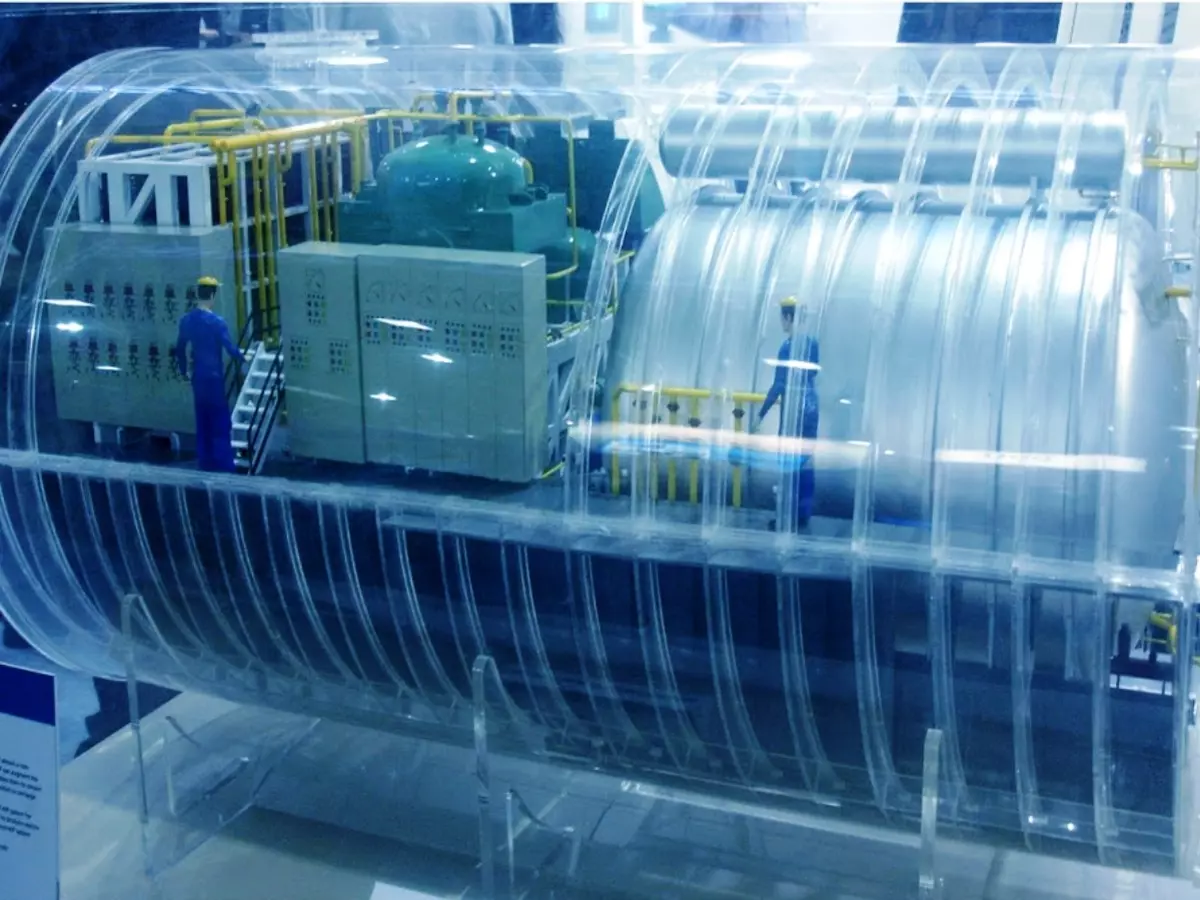Here's How DRDO's New Innovation AIP Is Going To Make Indian Submarines More Lethal And Silent
The new technology will also take advantage of internal refraction in equatorial waters due to differences in temperatures on the surface and within the ocean.

The Defence Research and Development Organisation (DRDO) conducted the final development test of Air Independent Propulsion (AIP). The tests were conducted in Mumbai, a day before the induction of the INS Karanj attack submarine into the Indian Navy.
What makes it more lethal?
This is a major step that will make Indian submarines more lethal. AIP allows a submarine to be submerged for longer periods under water and makes the sub-surface platform more deadly by making it quieter than a nuclear submarine. The AIO technology developed by the DRDO will extend the endurance of submarines by two weeks.
 Indian Navy
Indian Navy
AIP has a force multiplier effect on lethality of a diesel electric submarine as it enhances the submerged endurance of the boat, several folds. Fuel cell-based AIP has merits in performance compared to other technologies. While there are different types of AIP systems being pursued internationally, fuel cell based AIP of NMRL is unique as the hydrogen is generated onboard.
DRDO achieved an important milestone in the development of AIP System by proving the land based prototype on 8 March 2021. The plant was operated in endurance mode and max power mode as per user requirements. AIP system is being developed by NMRL DRDO. #AatmanirbharBharat pic.twitter.com/Z9ux39XmlT
¡ª DRDO (@DRDO_India) March 9, 2021
How will the new technology help?
While the nuclear submarine generates noise due to the ship¡¯s reactor constantly pumping coolant to maintain temperatures of the engine, the AIP-equipped submarine maintains a lethal silence. The new technology will also take advantage of internal refraction in equatorial waters due to differences in temperatures on the surface and within the ocean.
Indigenously developed Air independent propulsion by DRDO, through its NMRL
¡ª Defence Decode? (@DefenceDecode) July 2, 2020
Larsen & Toubro as a development partner(LEAD SYSTEM INTEGRATED)
The AIP system is based on Indigenously developed PAFC based technology.
Hydrogen and Oxygen are supplied to fuel cells to produce power. pic.twitter.com/DwbEnv2pF7
The Indian Navy now plans to retrofit all its Kalvari class non-nuclear attack with AIP during their first upgrade, expected around 2023. The 1615 tonne Kalvari class submarine is being built by Mazagon Dockyards Limited in collaboration with French Naval Group and is based on Scorpene design. INS Karanj, third of the class, is expected to be commissioned on Wednesday.
 DRDO
DRDO
Boost to PM's Atma Nirbhar Bharat
The development of AIP technology has given a major boost to Prime Minister Narendra Modi¡¯s Atma Nirbhar Bharat initiative aiming to make India self-reliant. Reportedly, all Kalavari class-submarines of the Indian Navy will be retrofitted with an AIP plug in their first upgrade, which is expected by 2023.
According to the HT report, The DRDO¡¯s AIP technology is based on a Phosphoric Acid Fuel Cell. The last two Kalavari class submarines ¨C INS Vagir and INS Varghese - will be powered by AIP. Out of the six Kalavari class submarines ¨C INS Kalavari and INS Khanderi were already inducted into the Indian Navy. All the six submarines are being built by Mazagon Dockyards Limited in collaboration with the French Naval Group. These submarines will be based on Scorpene design. Till date, US, France, China, UK and Russia have this technology.
 DRDO
DRDO
The DRDO¡¯s AIP technology has also got a pat in the back from the French, who were in touch with the Indians in the context of Kalvari class manufacturing. Despite urgent requests, the French have decided not to upgrade the Pakistani Agosta 90 B submarines with AIP technology, forcing Islamabad to either go to China or Turkey.
